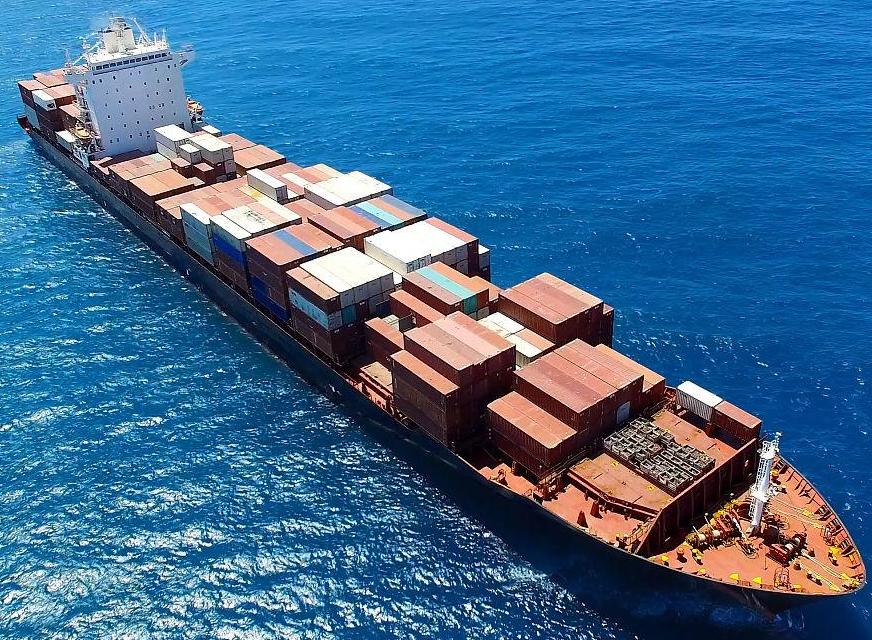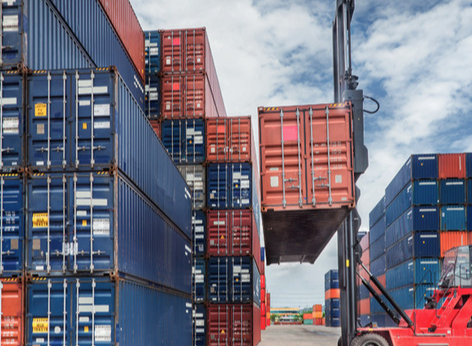FBA LCL Quote
FBA 40HQ FCL Quote
If you’re selling products through Amazon’s Fulfilled by Amazon (FBA) program, understanding and adhering to Amazon’s packaging and size guidelines is crucial.
Whether you handle your own shipments or use a China freight forwarder to transport your goods, following these guidelines ensures your inventory is received smoothly and processed efficiently.
Proper packaging prevents significant issues like rejected shipments, returns, extra fees, or even the loss of your ability to send products to Amazon’s fulfillment centers.
Why Proper Packaging Matters
Let’s start with why this is so important. When you don’t meet Amazon’s standards, you’re setting yourself up for:
Rejected shipments: If your products arrive at the fulfillment center and don’t meet requirements, Amazon can refuse them. This means you’ll have to pay for the return and redo your packaging.
Extra fees: Amazon might handle non-compliant packaging, but they’ll charge you extra for it.
Loss of FBA privileges: Repeated non-compliance can lead to restrictions on your ability to send shipments to FBA warehouses.
Understanding what’s at stake, let’s dive into how you can make sure your packaging meets all Amazon’s requirements.
General Packaging Requirements
Use Sturdy, Six-Sided Boxes: Every item should be packed in a sturdy box with six solid sides and flaps intact. Flimsy or damaged boxes are a no-go.
Scannable Barcodes: Each unit must have an exterior barcode that’s easy to scan without opening the packaging. This barcode should correspond to the product's FNSKU or manufacturer barcode.
Remove Old Barcodes: If you’re reusing a box, make sure any old shipping labels, barcodes, or markings are completely covered with opaque tape or crossed out.
Proper Sealing Materials: Use high-quality tape to secure your boxes. Don’t use staples or nylon fiber tape, as these can cause safety issues.
Adequate Cushioning Inside: Internal materials should cushion and protect the items. Avoid loose packing peanuts or shredded paper as they create a mess during the unboxing process and aren’t accepted by Amazon.
Product-Specific Packaging Requirements
1. Loose Products
Each product should be in a secure, single package. If it’s not in a box, secure it with an easy-to-remove tape or a poly bag.
Clothing and Footwear: Clothing should be packaged in a clear poly bag to prevent dust and damage. Footwear should be enclosed in a box or poly bag without any material exposed.
2. Poly-Bagged Items
Suffocation Warning: Poly bags with openings larger than 5 inches must display a suffocation warning label. The print size should follow these guidelines:
60 inches or more (total length + width): 24-point font.
40-59 inches: 18-point font.
30-39 inches: 14-point font.
Under 29 inches: 10-point font.
Thickness and Transparency: The poly bag must be at least 1.5 mil thick and transparent. Ensure that the bag is sealed completely and doesn’t extend more than 3 inches beyond the product dimensions.
Label Visibility: The barcode must be visible through the bag, or you’ll need to attach an external label.
3. Bubble-Wrapped Items
Fragile Products: For items that could break during transit, wrap them tightly in bubble wrap and secure with tape.
Label Placement: Make sure the barcode is visible on the outside of the bubble wrap.
Fall Examination: Items secured in bubble-wrap should endure a fall from a 3-foot height onto a solid surface without any harm to the contents.
4. Bundled Sets
Products sold as sets (e.g., a set of 6 glasses) should be marked as “Sold as Set” or “Do Not Separate” to ensure the items stay together during fulfillment.
Bundle Barcode: The set should have its own unique FNSKU barcode, and barcodes on individual items within the set should be covered or removed.
5. Boxed Units
Boxed items need to have six solid sides and must not collapse under medium pressure. Boxes with perforations or openings must pass a 3-foot drop test to ensure they don’t open in transit.
Product Security: If a boxed item can open on its own, secure it with tape or place it in a poly bag.
Preparing Shipments for FBA
When it’s time to send your products to Amazon’s fulfillment centers, make sure you’re following these additional requirements:
Box Content Information: You need to provide detailed information about what’s in each box, including the product types and quantities.
Label Placement: Place the FBA Box ID label and carrier label on a flat surface of the box, not over any seams. Each box should have its unique label, generated during the shipment creation process.
Box Size and Weight: No side of the box should exceed 25 inches, and the total weight should not go beyond 50 lbs unless an individual item is oversized.
Multiple Cases in One Box: If sending multiple case packs, apply the FBA label to the outer box only.
Acceptable Packing Materials
Use These:
Bubble wrap
Heavy-weight kraft paper
Inflatable air pillows
Polyethylene foam sheets
Avoid These:
Packing peanuts (even biodegradable)
Foam strips
Shredded paper
Styrofoam
Where to Get Packaging Supplies
You can order packing supplies like boxes, labels, bubble wrap, and packing tape directly from Amazon or find them at local hardware stores such as Home Depot and Lowe’s. If you’re using Amazon’s partnered carrier, like UPS, you might be eligible for free shipping labels, which is a nice bonus!
Final Thoughts
Navigating Amazon’s FBA packaging guidelines might seem daunting at first, but once you understand the rules, it becomes a routine part of your business. Proper packaging not only ensures your products are safe and secure but also keeps your seller account in good standing. Make sure your supplier is well-versed in these requirements if you’re having products sent directly to Amazon from your manufacturer.
Take the time to follow these guidelines carefully, and you’ll reduce the risk of delays, extra fees, and damaged goods. This means smoother operations, happier customers, and a more profitable business.
FAQs
What happens if I don’t follow Amazon FBA packaging guidelines?
Your shipment may be refused or returned, leading to extra costs and potential FBA restrictions.
Can I use packing peanuts in my FBA shipments?
No, Amazon prohibits the use of packing peanuts, even biodegradable ones.
Do poly bags need a suffocation warning label?
Yes, any poly bag with an opening larger than 5 inches must have a suffocation warning printed or labeled.



